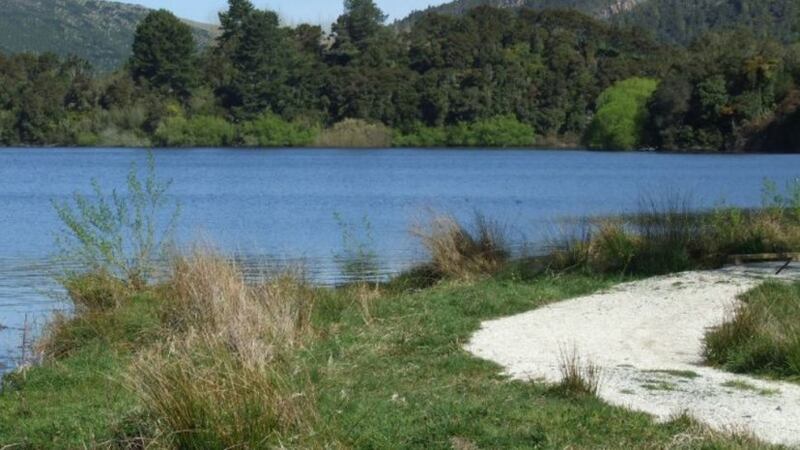Health officials are warning people to stay out of Rotorua’s Lake Ōkaro because of the return of an algal bloom.
Lake Ōkaro is considered to be of significant taonga to Ngāti Whaoa / Ngāti Tahu.
Medical Officer of Health Dr Phil Shoemack said that warning followed a warning last November on Lake Rotoehu for the same reason. “This means people should avoid any contact with water at both lakes,” Shoemack said.
Contact with water affected by blue-green algal blooms can cause asthma and hayfever attacks in some individuals. It can also cause skin rashes, stomach upsets, and in some cases neurological effects such as tingling around the mouth, headaches, breathing difficulties and visual problems.
Dr Shoemack said while there have not been any recent reports of people becoming ill from contact with algae, or their toxins from the lakes, it was important to stay vigilant and out of the water.
Keep out
“Rotorua Lakes Council will be placing signs at Lake Ōkaro advising potential lake users of the bloom and encouraging people to stay up to date with health warnings for the Bay of Plenty and Lakes districts.”
Lake Ōkaro is near the Waiotapu geothermal area and is accessed off Ōkaro Road. Lake Ōkaro/Ngakaro is surrounded by farms and is also a popular water-skiing spot. The lake has a total area of 31ha and the total catchment area is 367ha. The lake has an average depth of 12.5 m and at its deepest point is 18 metres.
Lake Ōkaro has had a significant algae problem due to the levels of nitrogen and phosphorus nutrients which have increased over several decades. The nutrient-rich deposits over the catchment from the 1886 Tarawera eruption also have an effect on the lake's water quality.
Water quality in Lake Ōkaro has fluctuated and the lake has suffered from regular seasonal algal blooms. However, continuing work to reduce nutrients from the mainly agricultural catchment and targeted alum dosing to lock up phosphorus in the sediments has seen some improvement.

